I’m a substitute teacher and I was in a tenth-grade class the other day. They had finished the ‘work’ they had to do online and I was attempting to pry additional work out of their surly teen souls. I did get confirmation of needed assignments from one student, but they had already waved the white flag of surrender. It was just an essay on something, they wouldn’t tell me what it was on, but it was a paragraph of original thought that had stressed this student to the point of Tik Tok-removal despair. This brings me to The Ultimate Book of Would You Rather Questions: 1001 Family-Friendly Challenges for Kids, Teens and Adults.
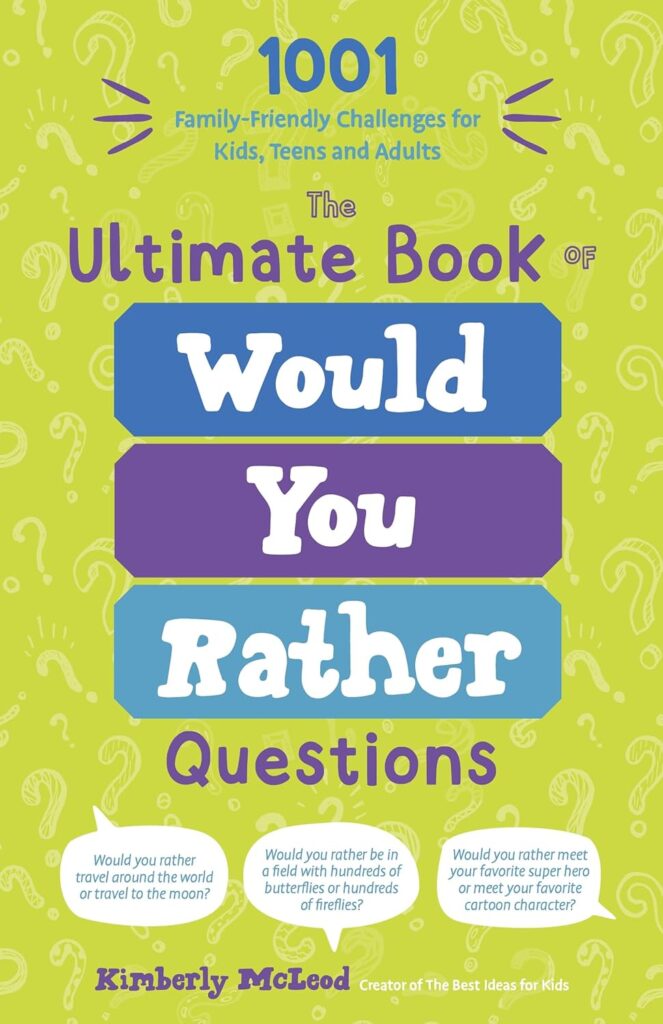

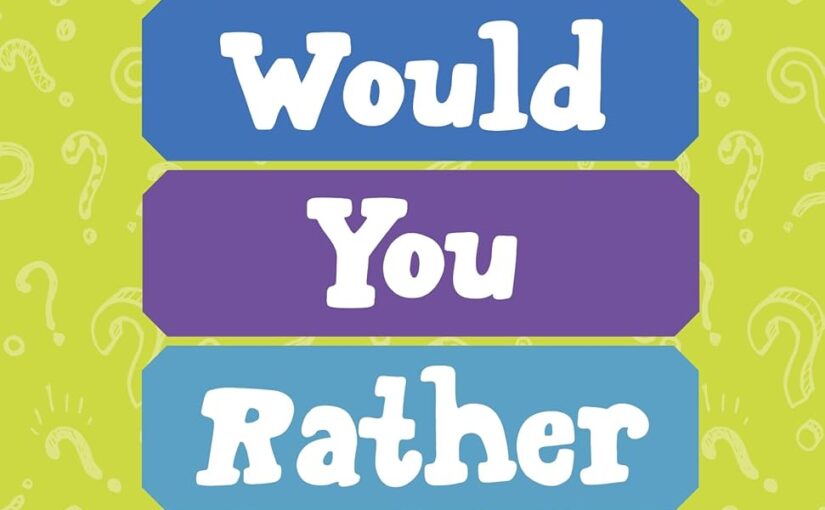
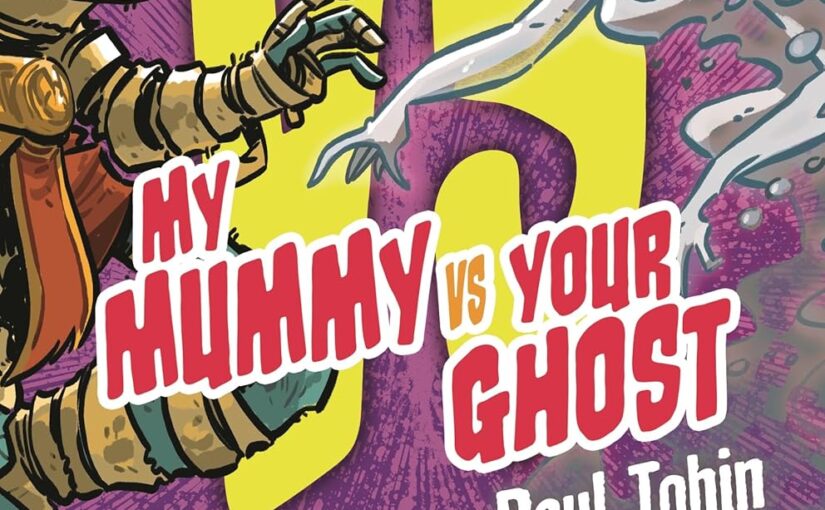
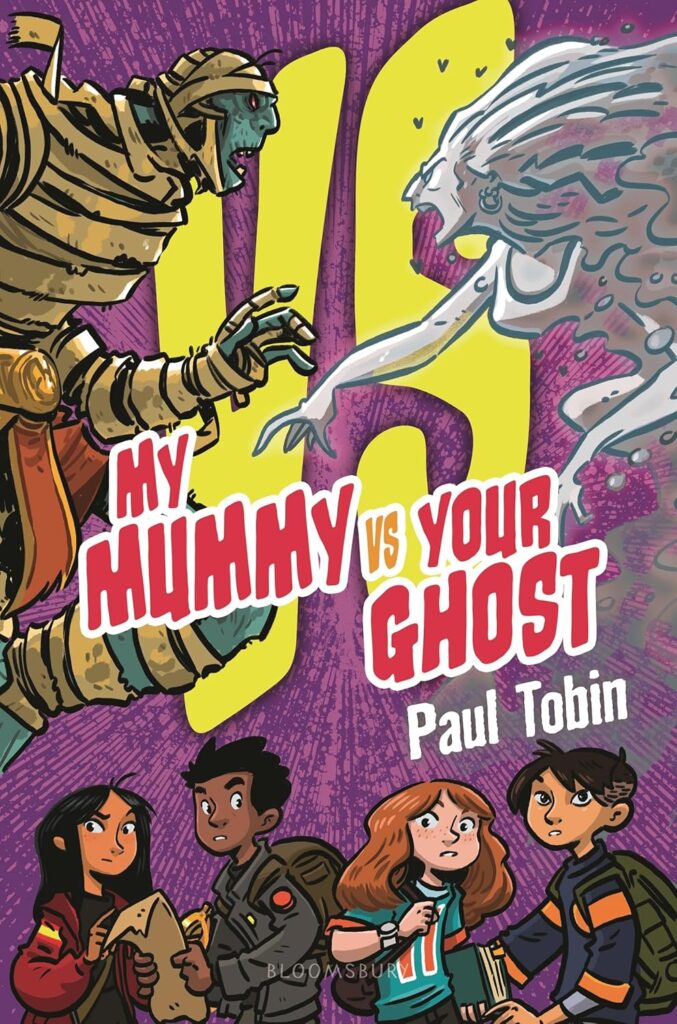
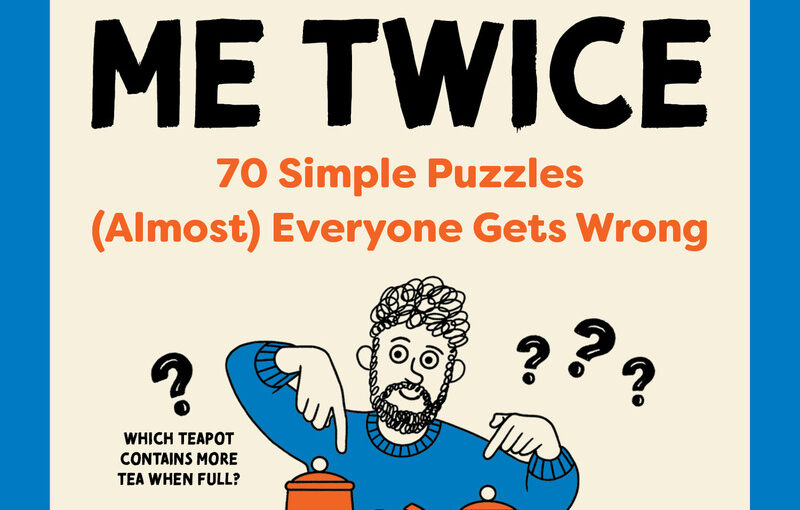
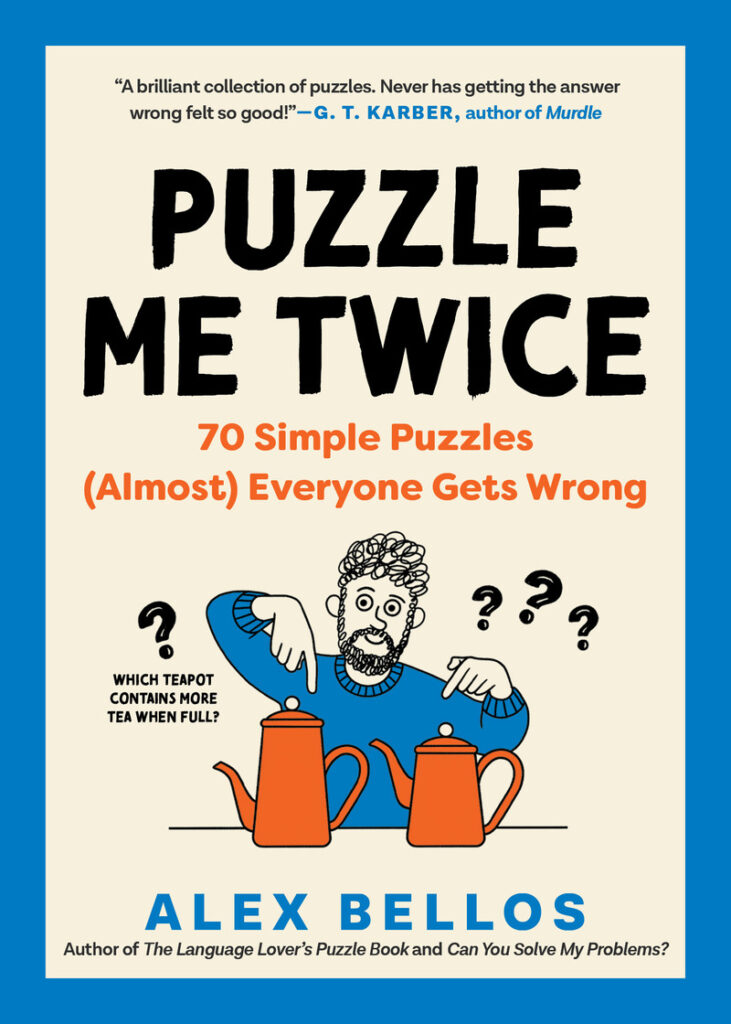
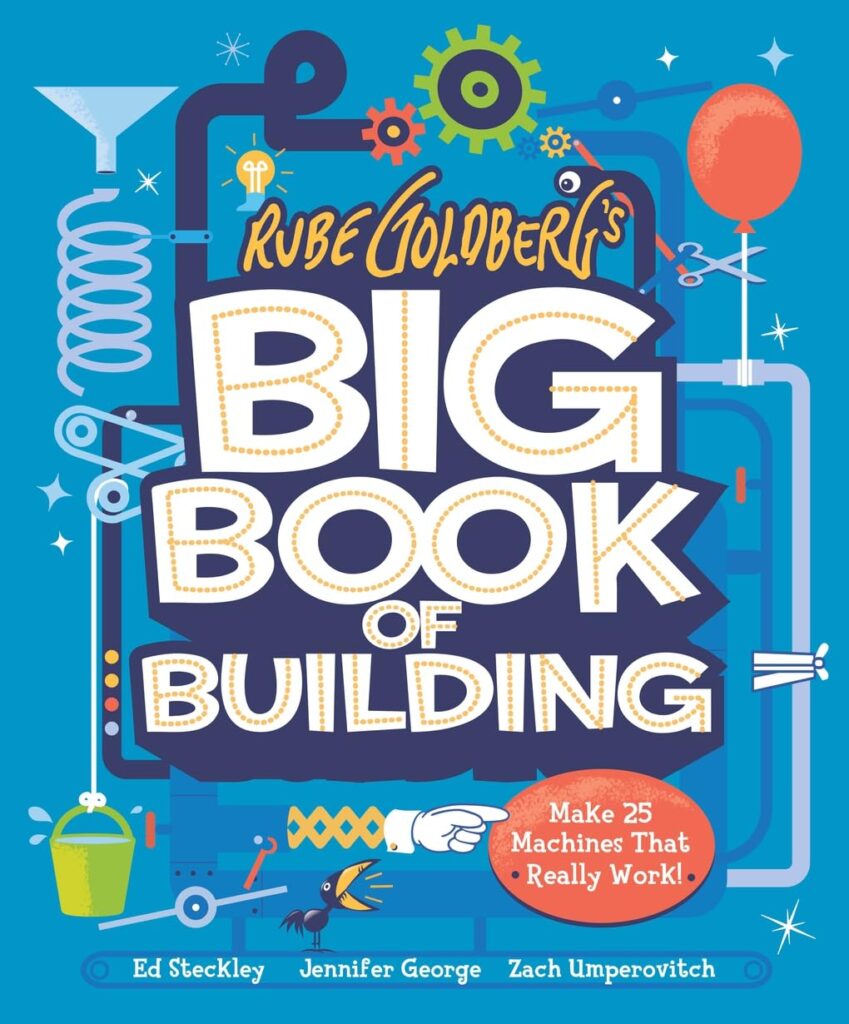
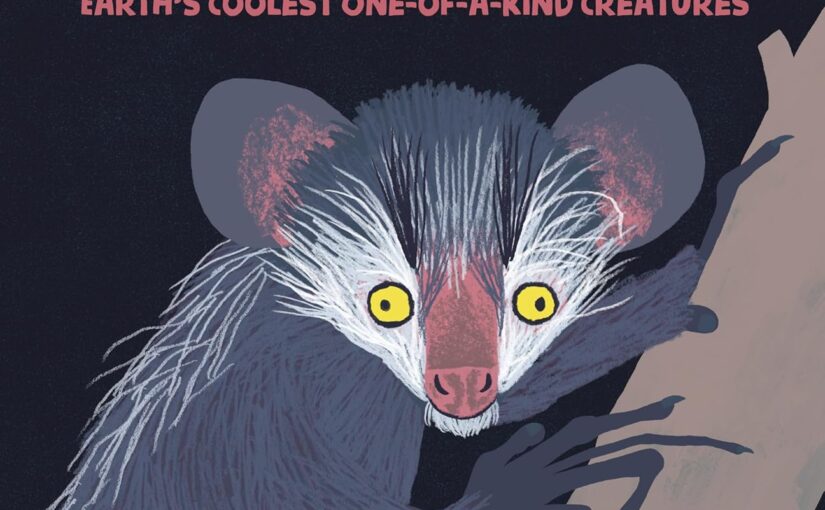
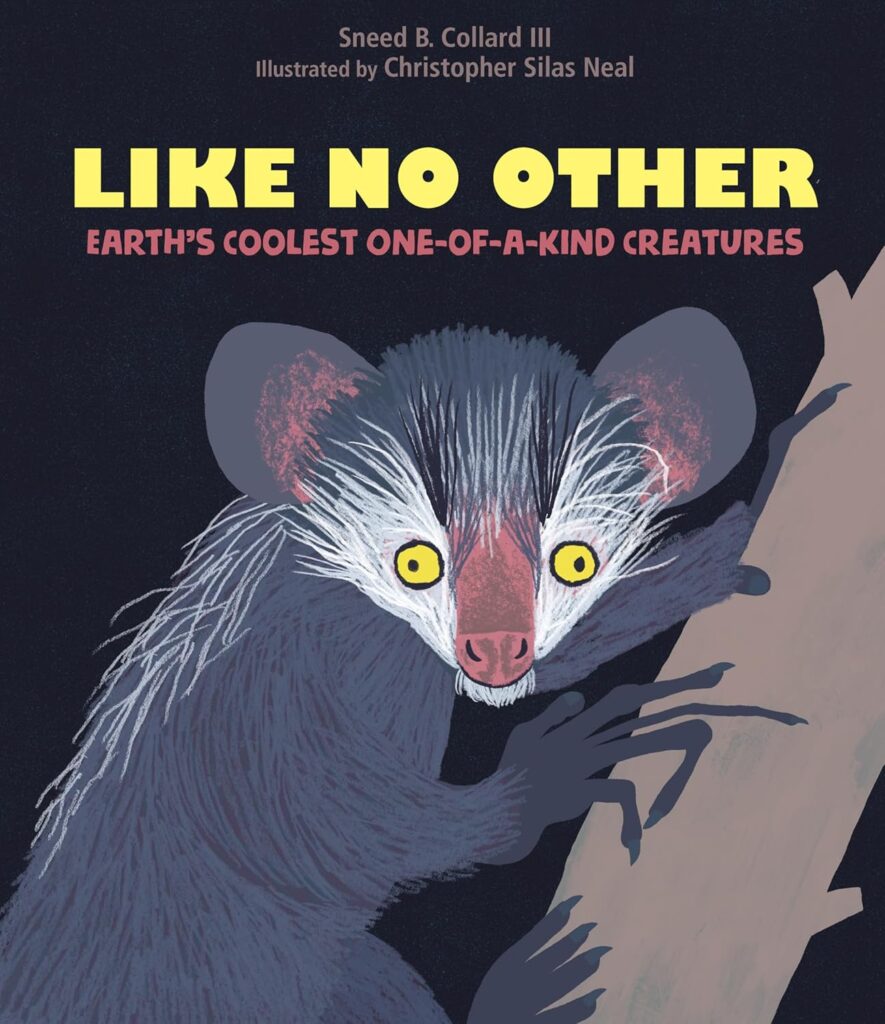
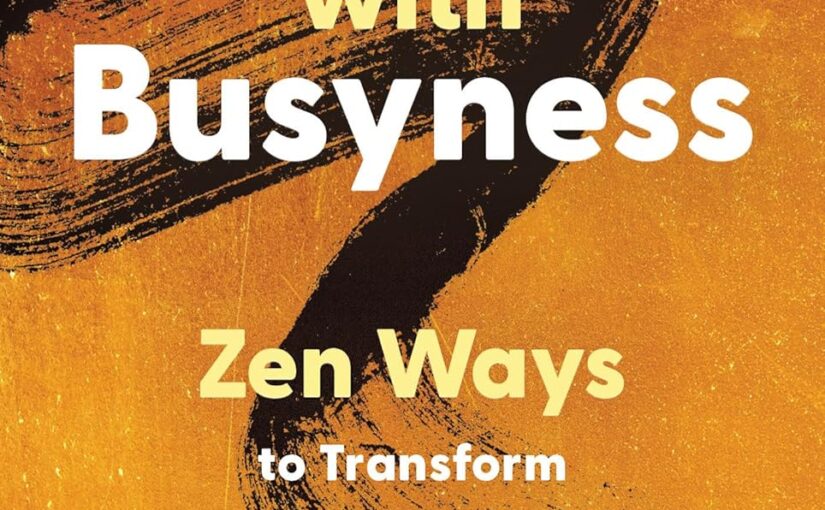
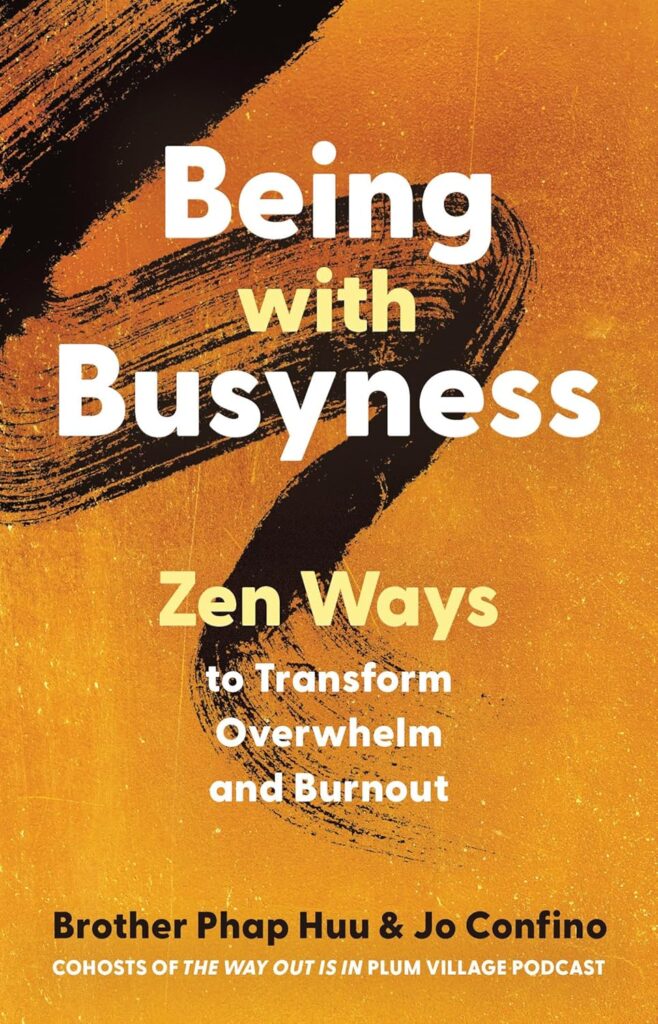
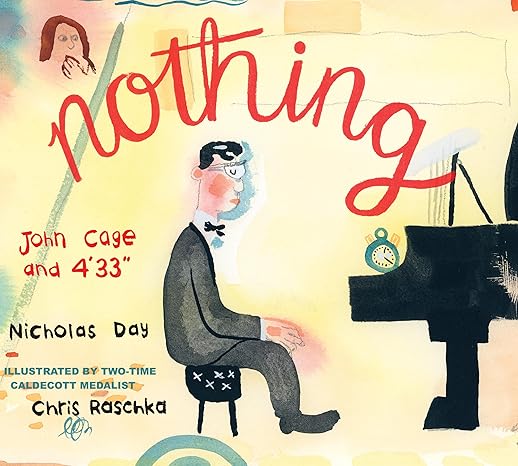
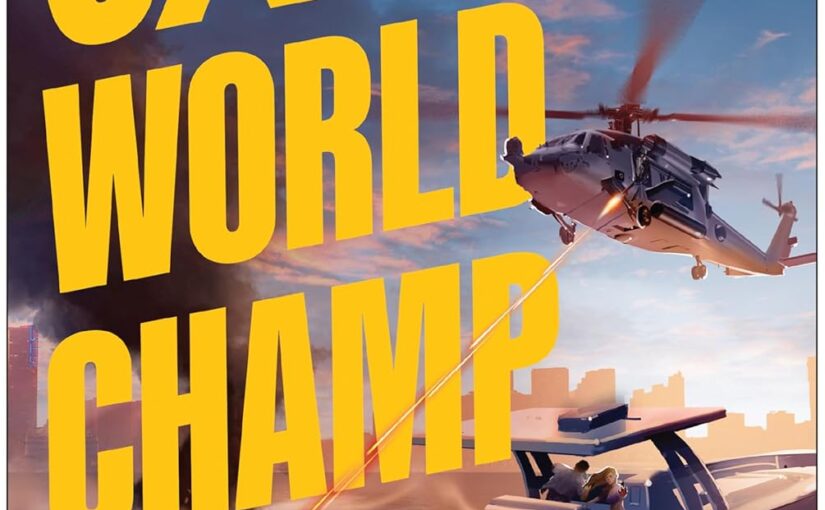
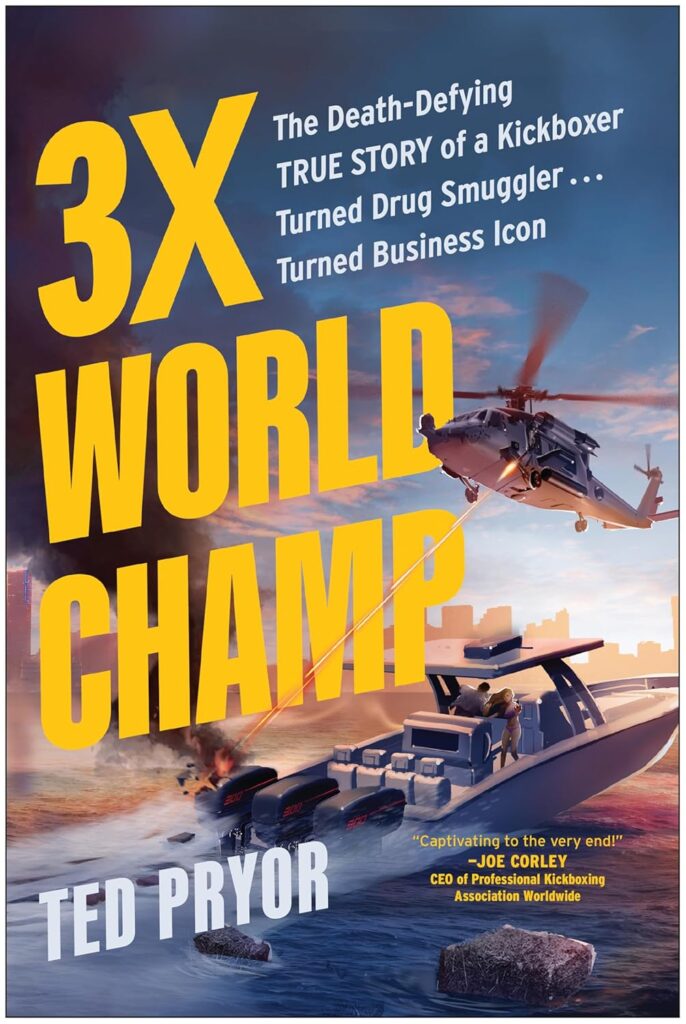


 Facebook
Facebook Twitter
Twitter Flickr
Flickr GooglePlus
GooglePlus Youtube
Youtube